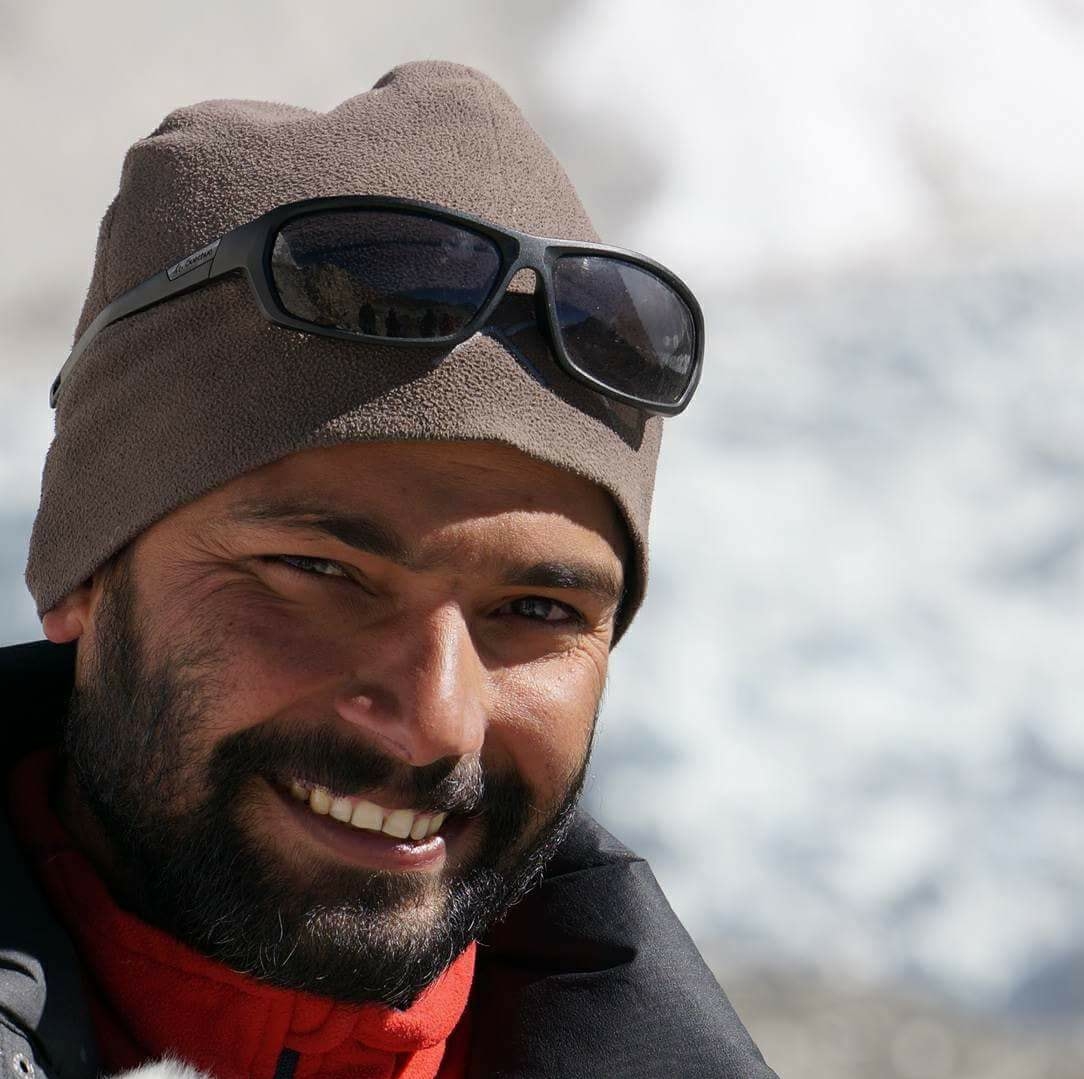Understanding the temperature variations throughout the year is crucial for planning your Pikey Peak Trek. At 4,065 meters (13,335 feet), this Himalayan peak experiences significant seasonal changes that directly impact your trekking experience.
Temperature Overview
🏔️ Pikey Peak Trek
❄️ Winter
Dec – Feb
Cold but clear views
Fewer crowds
🌸 Spring
Mar – May
Rhododendron blooms
Perfect temperatures
🌧️ Monsoon
Jun – Aug
Heavy rainfall
Not recommended
🍂 Autumn
Sep – Nov
Crystal clear views
Peak season
✅ Best Months to Trek
- October: Crystal clear views, perfect weather
- November: Excellent conditions, fewer crowds
- March: Spring awakening, rhododendrons
- April: Peak blooming season, ideal temps
❌ Months to Avoid
- June-August: Heavy monsoon rains
- July: Peak monsoon, dangerous conditions
- Late May: Pre-monsoon instability
- Early September: Continued monsoon
📝 Important Notes
Altitude Impact: Temperatures drop approximately 6°C per 1000m of elevation gain. Summit temperatures are significantly colder than base elevations. Weather Variability: Mountain weather can change rapidly. Always be prepared for temperature variations and pack appropriate layers. Climate Change: Traditional seasonal patterns are shifting – always check current conditions before your trek.
The Pikey Peak region experiences temperatures ranging from a bone-chilling -10°C (14°F) in winter to a comfortable 26°C (79°F) during the monsoon months. However, these temperatures tell only part of the story – each season brings distinct challenges and opportunities.
Seasonal Temperature Breakdown
Winter Months (December – February)
December: -5°C to 15°C (23°F to 59°F)
January: -10°C to 8°C (14°F to 46°F)
February: -8°C to 12°C (18°F to 54°F)
Winter brings the coldest temperatures but often the clearest mountain views. January is particularly harsh, with nighttime temperatures dropping to -10°C at the summit. Despite the cold, these months offer crystal-clear visibility and virtually empty trails.
Spring Months (March – May)
March: -5°C to 15°C (23°F to 59°F)
April: 0°C to 18°C (32°F to 64°F)
May: 5°C to 22°C (41°F to 72°F)
Spring provides the most comfortable trekking temperatures, with March marking the transition from harsh winter conditions. April hits the sweet spot with perfect daytime temperatures for hiking, while May can feel quite warm during the day but remains pleasant for trekking.
Monsoon Months (June – August)
June: 10°C to 25°C (50°F to 77°F)
July: 12°C to 26°C (54°F to 79°F)
August: 12°C to 25°C (54°F to 77°F)
While monsoon months show the warmest temperatures, the heavy rainfall, poor visibility, and dangerous trail conditions make these temperatures misleading. The warmth comes with nearly constant rain and cloud cover.
Autumn Months (September – November)
September: 10°C to 23°C (50°F to 73°F)
October: 5°C to 20°C (41°F to 68°F)
November: 0°C to 18°C (32°F to 64°F)
Autumn temperatures cool progressively but remain very comfortable for trekking. October offers the ideal balance of warm days and cool nights, while November provides crisp, clear conditions perfect for mountain photography.
Key Temperature Considerations
Altitude Impact: Remember that temperatures drop approximately 6°C per 1,000 meters of elevation gain. Summit temperatures are always significantly colder than the ranges shown, which represent average trek elevations.
Daily Variations: Mountain weather creates dramatic temperature swings within a single day. Early morning starts often begin in near-freezing conditions, while afternoon temperatures can be 15-20°C warmer.
Best Temperature Windows: April and October offer the most consistent and comfortable temperature ranges, making them ideal for trekkers seeking reliable conditions.
Extreme Weather Preparation: Even during warmer months, always prepare for sudden temperature drops, especially at higher elevations and during weather changes.
Planning Your Trek
For Comfortable Temperatures: Choose March-April or October-November when daytime temperatures range from 15-20°C.
For Cold Weather Experience: December-February offers the challenge of winter conditions with temperatures often below freezing.
Avoid for Temperature Concerns: June-August, not because of extreme temperatures, but because the warm readings are deceptive – monsoon conditions make trekking miserable regardless of temperature.
Understanding these temperature patterns helps you pack appropriately, plan your daily schedule, and set realistic expectations for your Pikey Peak adventure. The key is matching your comfort level and experience with the seasonal temperature challenges this beautiful trek presents.
Temperature data represents average ranges at typical trek elevations (2,500-4,065m). Always check current weather forecasts before departure and pack for temperature extremes.

